
- Home |
- Products
|
- About |
- Blogs |
- Contact Us
Get The App
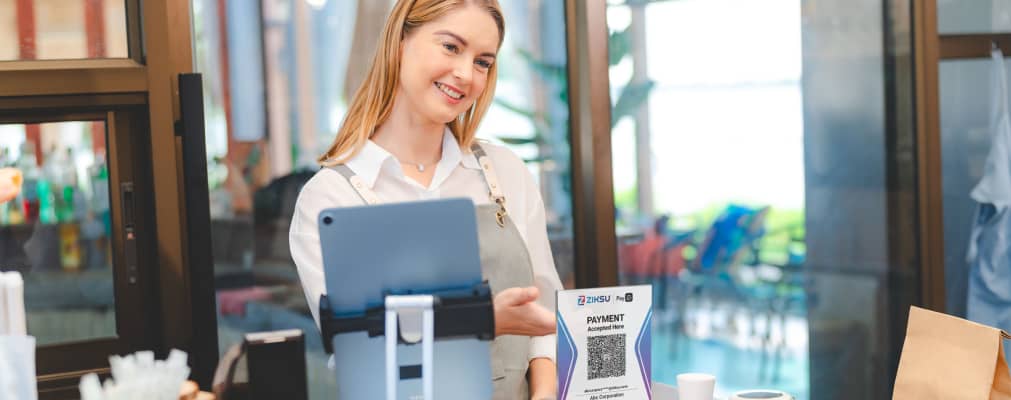

How are QR Codes used in Payments?

15th August 2025
What is a QR code?
Quick Response (QR) codes are detailed barcodes, that can be used to facilitate the rapid and seamless exchange of information. There is no denying that QR codes have become an integral part of everyday life in Australia, particularly following the roll-out of QR codes for contact-tracing throughout the Covid-19 pandemic, which demonstrated the simplicity and efficiency of the technology.
Several industries have since embraced QR codes, including hospitality, food, retail, and manufacturing, even museums and libraries are leveraging QR codes to breathe life into displays. However, QR codes are generally only being used for marketing purposes. i.e. redirecting users to landing pages, websites, brochures, social media profiles and menus.
Where a restaurant redirects a customer to their menu, the order can be placed at the table and paid for via the contained URL link to an external payment gateway or e-commerce provider.
Whilst this appears to be convenient and contactless for both the business and the customer, the mode of payment is extremely costly, leading to the customer being surcharged, or the business hiking the prices to accommodate the fees. There is also a higher risk of fraud for both parties, as QR codes containing a URL can be readily accessed via a smartphone native camera or scanning app.
With QR Codes now being trusted in Australia, as genuine and reliable and being used for a range of applications, it makes sense to include QR code technology in digital payments via a secure digital finance platform.
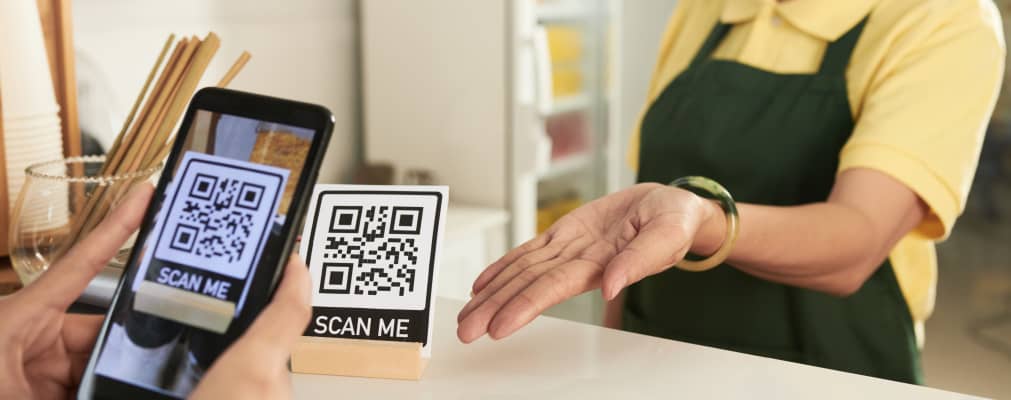
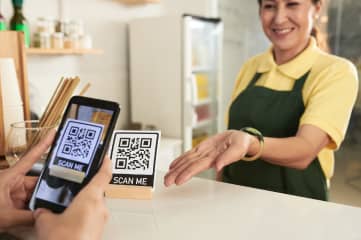
Why QR codes?
For those who have visited Asia, you may have seen the plethora of wallets, that allow you to pay at stores: by scanning a QR code. They add a level of convenience in a cashless world, and they are generally free for the customer (there is no surcharge).
There are several advantages to using these methods to pay, including the convenience, speed, and security of QR code payments which can enhance the overall customer experience and the businesses operational efficiency.
Perhaps the biggest benefit of using QR code Payments is the fact that they can be downloaded and printed for display, meaning they can be read, and payments received, anytime without reliance on a payment terminal or costly device.
With the increasing popularity of smartphones and digital wallets, QR code payments are accessible to a growing number of customers and businesses.
The technology is already popular in many countries including China (WeChat and AliPay), India (PayTM, PhonePe), Singapore (PayNow), and Phillipines (InstaPay). In the past ten years the technology has become a preferred method of payment.
Typically, in the context of payments, the QR code encodes customer's account credentials, the transaction amount or other payment-specific information. This digital representation of transactional data helps streamline the payment process, reducing the time and effort required to complete a transaction – for businesses and customers. When the customer scans the QR code with their banking or digital wallet
application, the app reads the encoded data, fills in the payment details automatically and the customer needs only to confirm the transaction.
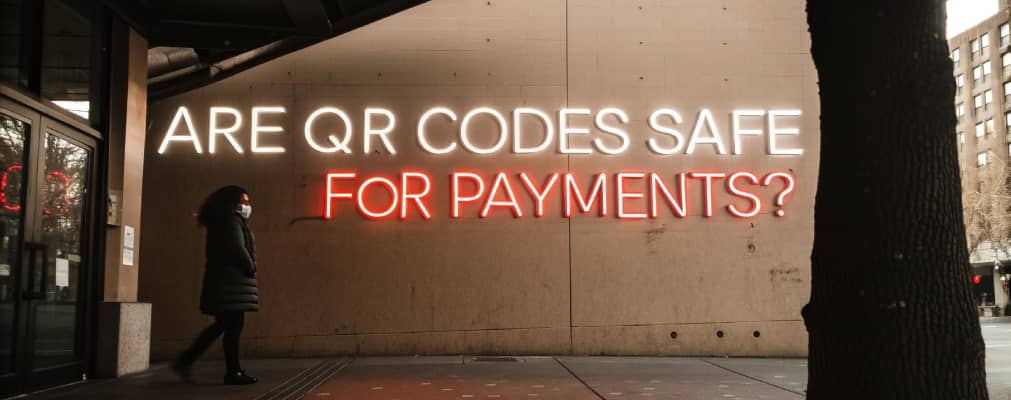
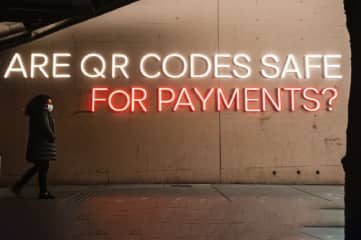
Are QR codes safe for Payments?
Any time you collect sensitive payment information from your customers, security is a top concern. Just consider the fact that 60% of all credit card holders have been the victim of some type of credit card fraud, and you’ll understand how big of an issue this is.
QR Codes are safe by design, so using them for payment is just as secure, if not more so, than using credit card readers and other payment methods. The content inside QR Codes is only readable by machines, and by virtue of their design, QR Codes cannot be hacked.
In Australia, where Financial and Banking Services are highly regulated, the Australian Payments Network (AusPayNet) have adopted strict Global standards for Payment QR codes (EMV Standard – EMVCo) setting Industry Standards, specifications, and guidelines to ensure the safety of consumers and merchants, by using EMV - MPM (Merchant Presented Mode) QR Code Payments.
MPM QR codes cannot be read by any smartphone QR code scanner or camera, they must only be read by a Trusted App. Ensuring the customers Personally Identifiable Information (PII) is not exposed, minimising the risk of fraud.
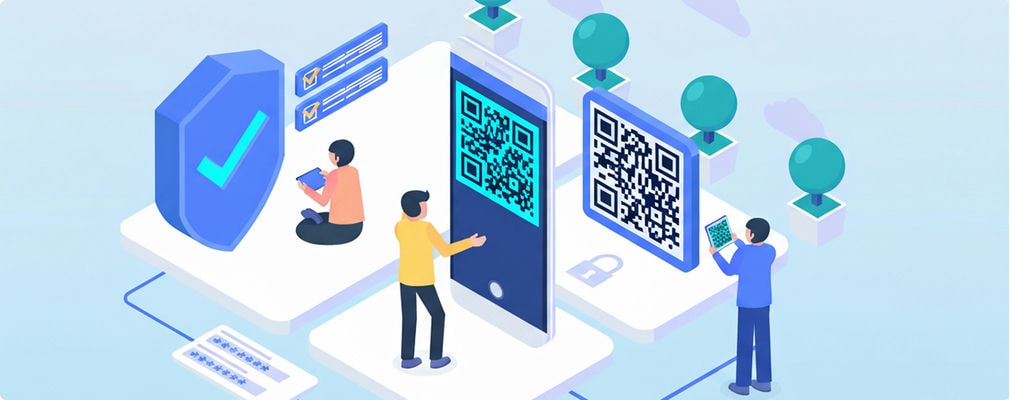

The Industry Standard Specifications are as follows:
Quality of Merchant Data
The Payment System should ensure consistent use of Payer name, location, and merchant category code.
Use of Trusted App
The Payment System should generate the QR code via the Trusted App. Trusted Apps are vetted by the App Store / Play Store, clearly recognisable to both the Payer and Payee. The Trusted App should be the only App scanning the MPM QR.
Use of the Trusted App (instead of the native camera) should be promoted to Payers and Payees.
The Trusted App should use the Industry Standard MPM QR code scheme. This QR code scheme does not contain any URL that can be used to link or route a Payer to another site or app.
Consistent User Experience
The Payment System should provide the Payer with Experience consistent Payer Experience in the Trusted App:
The name of the Business shall be shown to the Payer before the payment confirmation.
The currency should always be shown to the Payer in the amount field.
The Payer should only be prompted for input in the App using the specified Industry Standard MPM QR.
Personally Identifiable Information
Payment Systems should prevent or minimise the risk to expose Personally Identifiable Information in the QR Payload.
Payment Systems should control and manage the use of Personally Identifiable Information by the Payer and Payee Institutions.
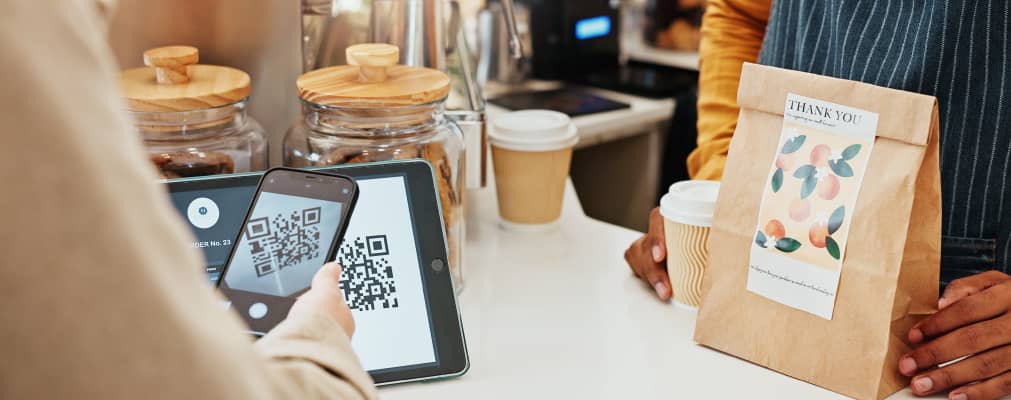
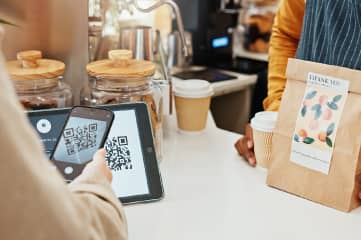
How are QR codes used in Business?
QR codes have become a popular method for making and receiving payments because they're easy to use and securely digitise and encrypt personal, banking and transaction information.
Here are several examples of how QR codes are used in different commerce environments for payments:
Retail shops
Traditional brick-and-mortar retail shops can display a dynamic QR code at the checkout counter for expedited in-person payments. When customers are ready to pay, they scan the code using their Trusted payment app on their smartphone, which then displays the retailer's details and prompts the customer to enter the amount that they will pay. This streamlines the checkout process, eliminating the need for cash or
physical debit or credit cards.
Similarly, the retailer can integrate the Trusted Financial Platform into their Point of Sale (POS) system and generate real time static QR codes, which once read, display the retailer’s details and the total sale amount, where the customer only needs to verify the payment.
Restaurants and cafes
Similar to the way in which retail stores use QR codes, restaurants and cafes can print a QR code on the bill or place a QR code on each table for customers to scan and view the menu, place an order, and pay for their meals directly from their Trusted app on their smartphones. This reduces the need for intervention from waiting staff and speeds up the ordering and payment process. When MPM QR codes are used, the merchant receives the payment into their chosen bank account instantly, meaning they have received the payment with the order, before preparing the meal.
E-commerce
Online businesses can include QR codes on the checkout page of their websites or on invoices sent via email. Customers can scan the QR code to initiate payment without having to manually enter payment details. This not only simplifies the payment process, but also enhances security by minimising data entry errors.
Peer-to-peer payments
Individuals can generate a QR code through their Trusted App that other users can scan to send them money, with the funds received and settled instantly into their chosen bank account. This is particularly useful in urgent situations, where funds are required immediately or in social situations such as splitting a bill among friends.
Recurrent or Subscription services
Companies offering services with regular billing like utilities, or subscription-based services can use QR codes to facilitate recurring payments. For example, a gym could include a QR code on a member's monthly invoice. The member would simply scan the code to process the payment, instead of needing to go through the manual process each time.
Event ticketing
For events like concerts and sporting games, organisers can embed a QR code on the ticket. This can serve both as a proof of purchase and as a method of entry to the event. When the customer purchases the ticket online, the business can send them a QR code via email or text, which the ticketholder can show on their phone for entry at the venue.
Donation drives
Non-profit organisations can use QR codes to facilitate donations. By placing QR codes on their websites, social media pages or at their physical locations, non-profits can make it easier for donors to contribute by allowing them to scan the code and pay with their preferred payment method.
Ziksu Capital Ltd (ACN 642 576 350) is not a bank or an authorised deposit-taking institution. The company has developed a Digital Payments Platform and the ZiksuPay app, which focuses on real-time payment solutions for businesses and consumers in Australia, utilising the New Payments Platform (NPP), PayID, and PayTo. As an Australian Payment Facilitator, Ziksu adheres to Consumer Data Rights, industry regulations, including Anti-Money Laundering and Counter-Terrorism Financing (AML/CTF) laws, and is a member of AFCA.